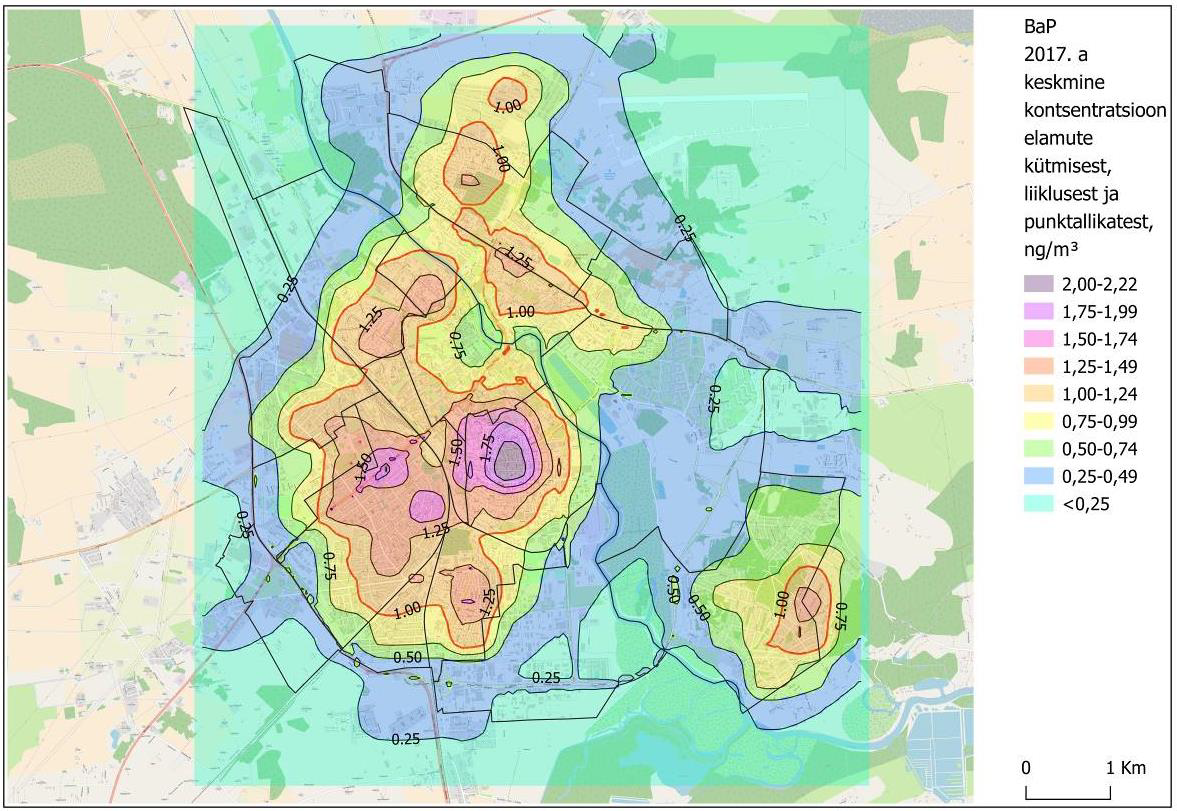
Atmospheric Physics Lab
Air quality
The atmospheric air pollutants are measured in monitoring stations, but it is not affordable to operate monitoring stations at each street corner. Moreover, it is impossible to predict, based on measurements only, how polluted will be the air in future – e.g. if an industrial enterprise will be newly open or closed down, or in the case of re-routing of street traffic. Neither do the measurements give a chance to estimate, how much pollutants are transported from one country to another of from one real estate to another – this information is needed to assess, how well the governments an owners follow their obligations.
The approach of the laboratory of atmospheric physics is so-called source-oriented modelling – computing and mapping the air pollution levels in certain sites, considering the air emissions from industries, street and road transport, residential heating etc. (represented in European and national statistical databases) and laws of atmospheric physics. The research in this field includes developing and pre-operational testing the model (computation software), based on air quality monitoring data and specially designed dispersion experiments.
In the laboratory of atmospheric physics there is develop the local scale (domain size up to a few kilometers) air pollution dispersion model AEROPOL, which is used by both University of Tartu and several consultation companies in Estonia for environmental impact assessment. In addition, we contribute to development of regional and global model SILAM of Finnish weather service, which is applied as one of the models in COPERNICUS ensemble forecast of ambient air quality. These applications illustrate one more opportunity created by air quality modelling – to forecast “chemical weather” for next days, in close analogy with daily weather forecast.

This figure presents the annual average concentrations of benzo(a)pyrene, a carcinogenic organic compound, in Tartu city. The computations are made with AEROPOL model developed in the laboratory of atmospheric physics. Evidently, the concentration in the rather extensive central part of the city, the pollution level is higher than European threshold value (i.e. maximal level considered of minor health impact) 1 nanogram per cubic meter.


